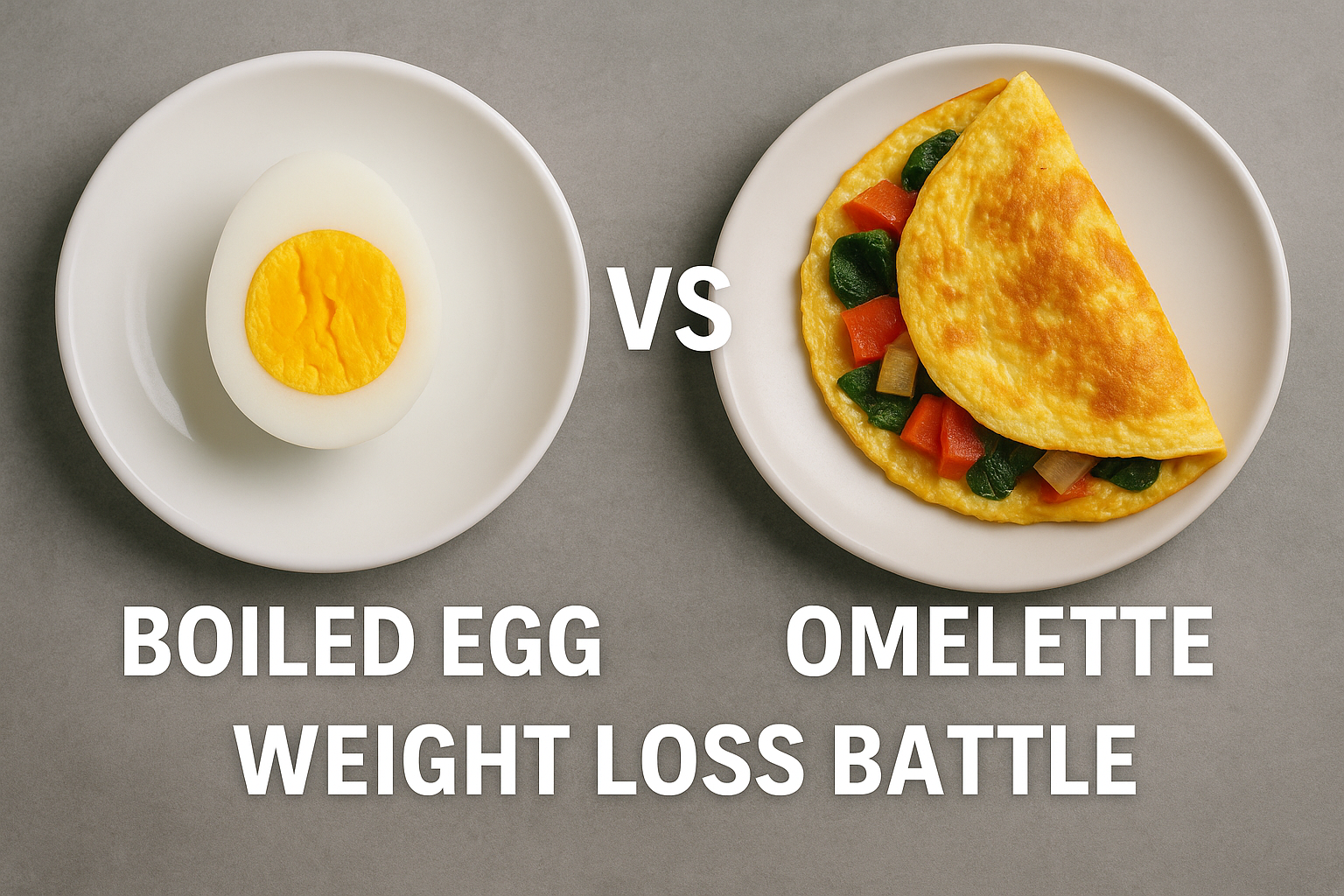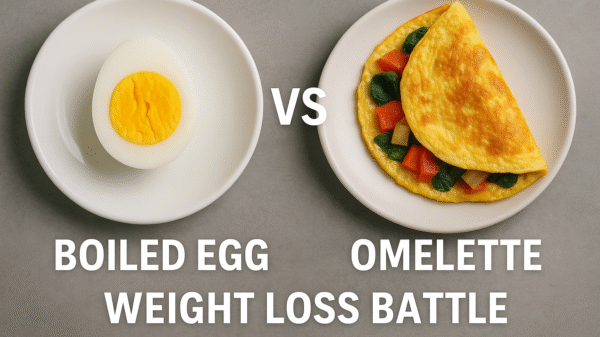Where time is scarce and staying fit is essential, walking offers a convenient, low-impact way to achieve weight loss goals and a flat tummy. Walking is one of the most accessible forms of exercise, yet many underestimate its potential for weight loss, especially if done with a structured plan. This guide dives deep into how to use a 20-minute post-meal walking routine to effectively lose weight and achieve a flat stomach. Here’s everything you need to know about walking for weight loss, including tips, benefits, and a complete walking workout plan designed to help you see rapid results.
- Why Walking is Ideal for Weight Loss?
- Key Benefits of Walking for Weight Loss
- How Walking After Meals Can Help Flatten Your Stomach
- The 20-Minute Post-Meal Walking Workout Plan for a Flat Tummy
- How Much Walking to Lose Weight?
- Can Walking Help You Lose Weight?
- Additional Tips to Get a Flat Tummy Naturally
- Frequently Asked Questions about Walking for Weight Loss
- Conclusion
Why Walking is Ideal for Weight Loss?
Walking doesn’t require special equipment, memberships, or strenuous effort. It’s a natural, effective way to burn calories, boost metabolism, and reduce belly fat. Research shows that walking after meals aids in digestion and stabilizes blood sugar, which can reduce belly fat accumulation.
Key Benefits of Walking for Weight Loss
- Burns Calories: Consistent walking raises your heart rate and burns calories, leading to weight loss.
- Reduces Belly Fat: Engaging your core while walking helps tone the abdominal area, assisting with a flatter stomach.
- Boosts Metabolism: Regular walking increases your metabolic rate, leading to continued calorie burning even after you stop walking.
- Improves Digestion: Walking after meals aids digestion and prevents bloating, giving a flatter stomach appearance.
How Walking After Meals Can Help Flatten Your Stomach
Walking immediately after meals can be a game-changer for those looking to get a flat tummy fast. Studies show that light physical activity, such as walking, after eating can help control blood sugar spikes, prevent fat storage, and improve digestion—all critical factors in weight management.
The Benefits of Walking After Meals
- Enhanced Calorie Burn: Post-meal walks capitalize on the natural increase in metabolic rate after eating, burning more calories.
- Improved Digestion: Walking stimulates the digestive system, helping food move through the stomach more quickly and reducing bloating.
- Lower Insulin Levels: Walking after meals helps maintain balanced blood sugar, which can decrease fat storage.
The 20-Minute Post-Meal Walking Workout Plan for a Flat Tummy
The 20-minute workout focuses on maximizing the benefits of walking by incorporating intensity variations and abdominal engagement. By following this plan, you’ll target core muscles and boost your heart rate to burn belly fat more effectively.
20-Minute Post-Meal Walking Workout Plan
Minute 1-3: Warm-Up
- Start with a slow, steady walk.
- Focus on your posture—keep your back straight, shoulders relaxed, and engage your core. This helps warm up your muscles and prepares you for a more intense pace.
Minute 4-8: Power Walk
- Increase your speed to a brisk pace, almost as if you’re late for an appointment.
- Swing your arms to increase intensity, which helps burn more calories and tone your upper body.
Minute 9-12: Core Engagement Walk
- Maintain a brisk pace and focus on engaging your core.
- Pull your belly button in towards your spine to work your abdominal muscles.
- Optional: Carry small hand weights for added resistance.
Minute 13-16: Interval Bursts
- Alternate between 30 seconds of fast-paced walking and 30 seconds of a relaxed pace.
- This interval approach boosts calorie burn and keeps your metabolism elevated.
Minute 17-19: Cool Down
- Slow down to a moderate pace, focusing on deep breathing to cool your body down gradually.
Minute 20: Stretch
- Stop walking and gently stretch your calves, hamstrings, and lower back. This reduces muscle tightness and helps with recovery.
[You can try smart watches for tracking your fitness activity]
How Much Walking to Lose Weight?
Consistency is key when it comes to walking for weight loss. If you’re aiming for a flat stomach, aim to walk at least 30 minutes a day, 5 days a week, in addition to your post-meal walks. Gradually increase your distance and speed to continue challenging your body.
How Many Miles Should You Walk to Lose Weight?
Most experts recommend walking between 5,000 and 10,000 steps per day for general health, but for weight loss, aiming for at least 10,000 steps (approximately 5 miles) daily can yield better results. This daily commitment will help burn calories consistently and gradually flatten your tummy.
Try Fitness Watches for Tracking your Steps Count
Can Walking Help You Lose Weight?
Yes, walking alone can help you lose weight, especially if combined with mindful eating habits and consistency. Here’s why walking works:
- Burns Stored Fat: When done regularly and at the right intensity, walking taps into stored fat reserves.
- Improves Mental Health: Walking reduces stress, which can indirectly help prevent weight gain by curbing stress-eating tendencies.
- Easy to Maintain: Unlike high-intensity workouts, walking is gentle on the joints and sustainable for long-term weight loss.
Additional Tips to Get a Flat Tummy Naturally
Achieving a flat stomach isn’t just about exercise; lifestyle and diet play a major role. Here are some natural tips to speed up your journey to a flatter tummy.
Dietary Tips
- Avoid Sugary Foods: Refined sugar leads to belly fat. Opt for natural sweeteners like honey or fruit instead.
- Stay Hydrated: Water helps flush out toxins and reduces bloating, aiding in a flatter stomach.
- Eat Fiber-Rich Foods: Fiber improves digestion and keeps you full, reducing overeating.
Lifestyle Tips
- Get Enough Sleep: Sleep regulates hunger hormones, helping you make healthier choices and prevent fat storage.
- Manage Stress: High stress increases cortisol, a hormone that encourages fat storage around the stomach.
Frequently Asked Questions about Walking for Weight Loss
1. How Much Walking is Needed to Lose Weight?
Aiming for at least 30 minutes of brisk walking, five days a week, combined with a 20-minute post-meal walk, can make a significant difference. Consistent walking will help you gradually lose weight and flatten your tummy.
2. How Quickly Can You Get a Flat Stomach from Walking?
With consistent effort, a balanced diet, and following the 20-minute workout, you can begin to see a flatter stomach in about 4-6 weeks. Rapid results are achievable if you stay disciplined with your routine and dietary habits.
3. Does Walking Help with Overall Weight Loss?
Yes, walking is excellent for overall weight loss, especially when you aim to reach 10,000 steps a day. By creating a calorie deficit, walking will help shed pounds over time.
4. How Can I Enhance My Walking Routine?
Add intervals, carry light hand weights, or walk on an incline (like uphill or on a treadmill) to intensify your routine and burn more calories.
Conclusion
Walking is a powerful yet often underrated tool for weight loss. By adopting a 20-minute post-meal walking routine, combined with daily walks and a healthy lifestyle, you can achieve a flatter tummy and experience significant weight loss. This low-impact exercise plan, when followed consistently, will lead to impressive results, helping you look and feel better without the need for intense workouts.
Remember, achieving a flat stomach is not an overnight process, but with the right combination of diet, consistency, and targeted walking routines, you’ll be well on your way to reaching your goals. So put on your walking shoes, get moving after meals, and watch as the steps add up to a slimmer, healthier you!












